-
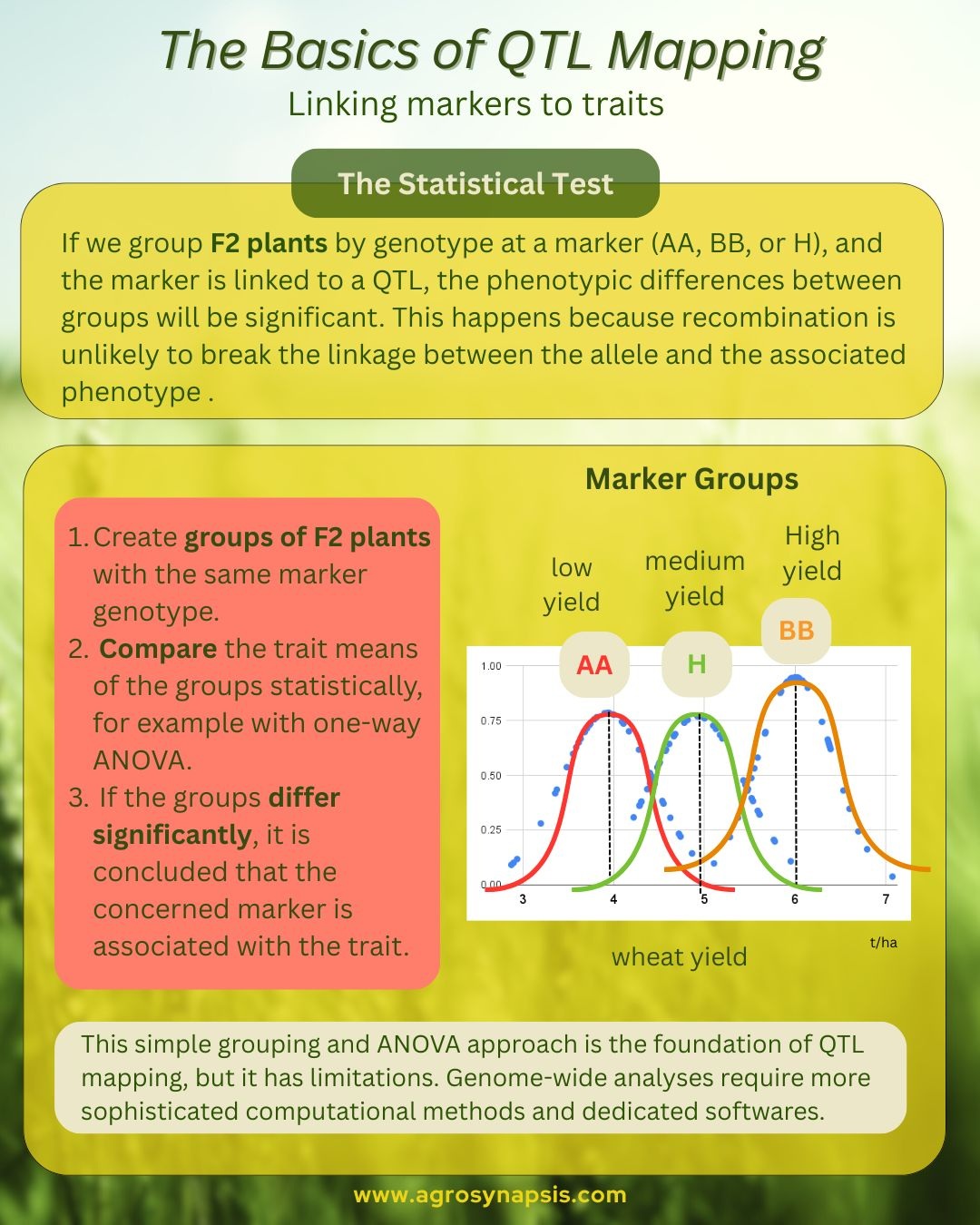
Understanding the Basics of QTL Mapping: linking markers to traits
Read more: Understanding the Basics of QTL Mapping: linking markers to traitsDiscover the basic logic behind QTL mapping
-
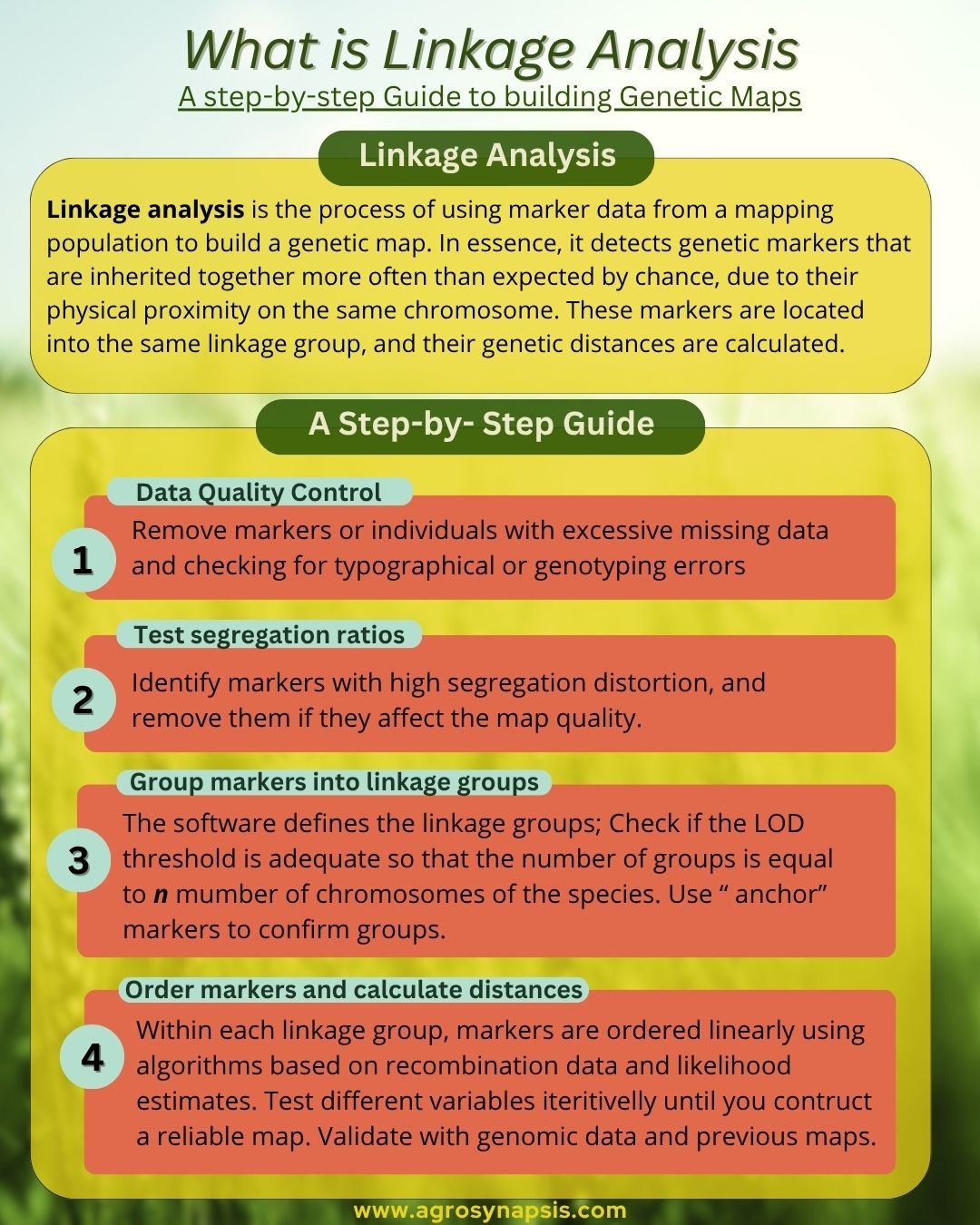
Linkage Analysis: a Step-by-Step Guide to Building Genetic Maps
Read more: Linkage Analysis: a Step-by-Step Guide to Building Genetic MapsFollow a step-by-spet guide on how to perform linkage analysis and create genetic maps
-
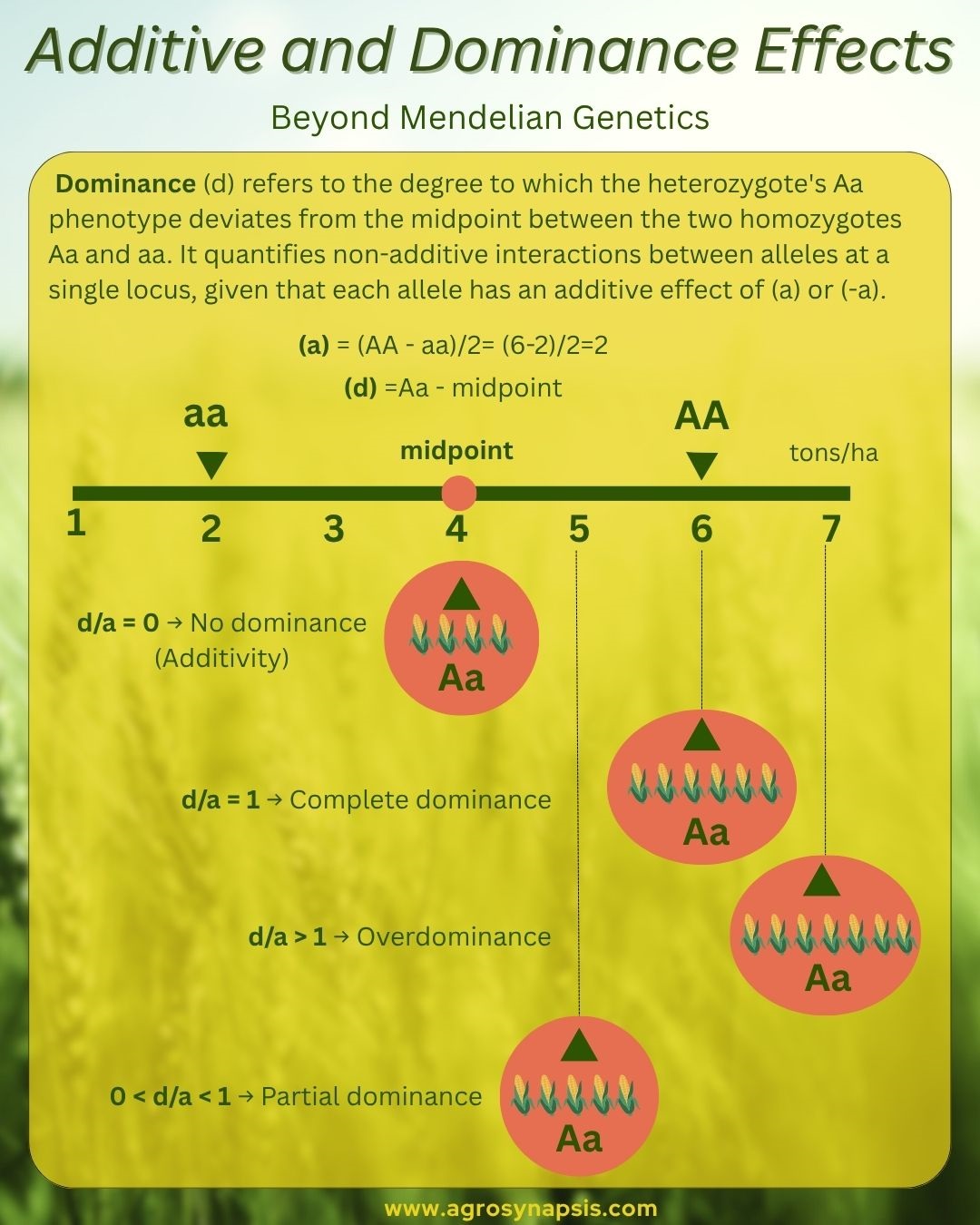
Genetic vs. Physical Maps – Why distances don’t always match
Read more: Genetic vs. Physical Maps – Why distances don’t always matchLearn what are the differences between genetic and physical maps, and why both are useful for plant breeding.
-
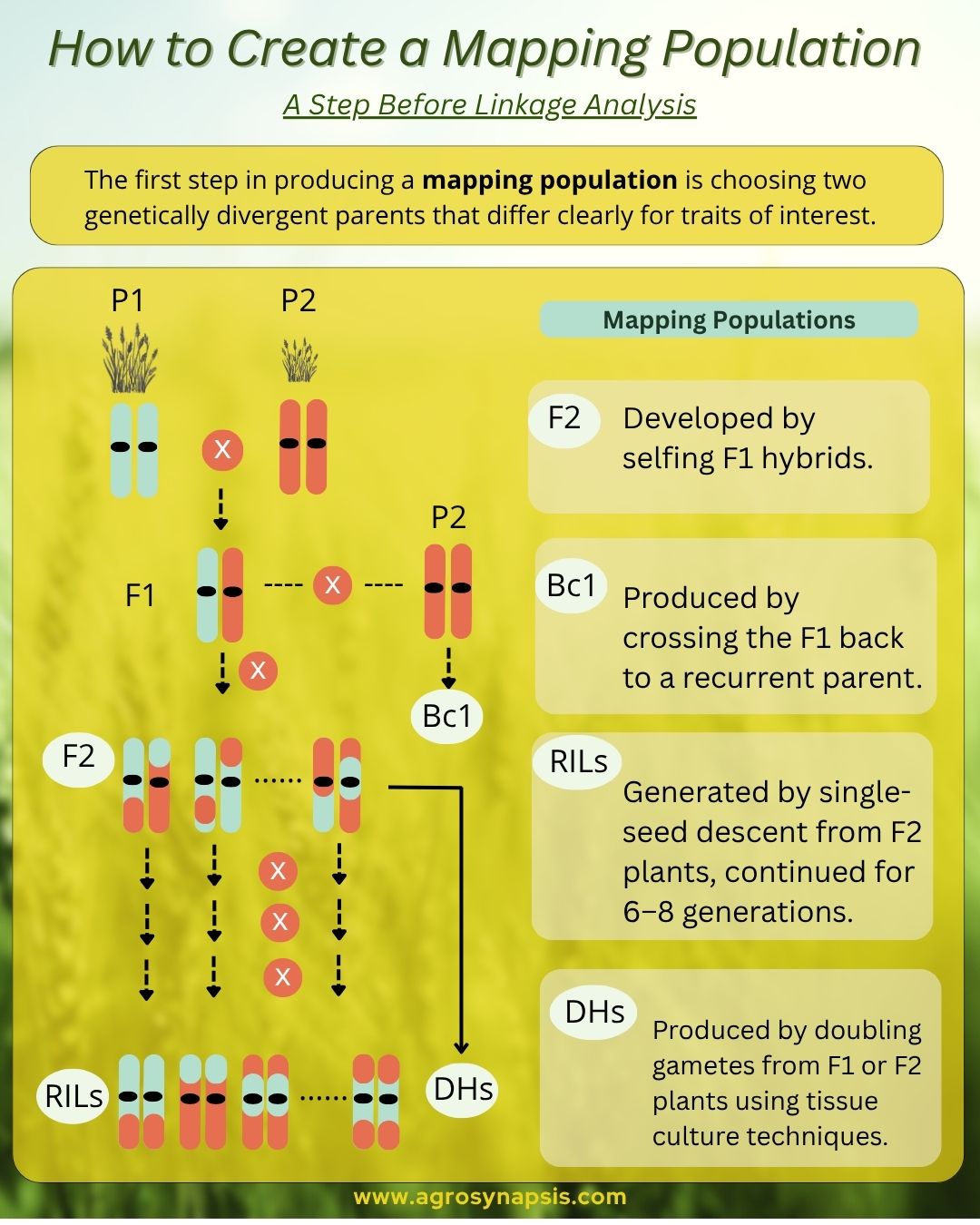
How to create Mapping Populations
Read more: How to create Mapping PopulationsDiscover the different types of mapping populations and how to create them.
-
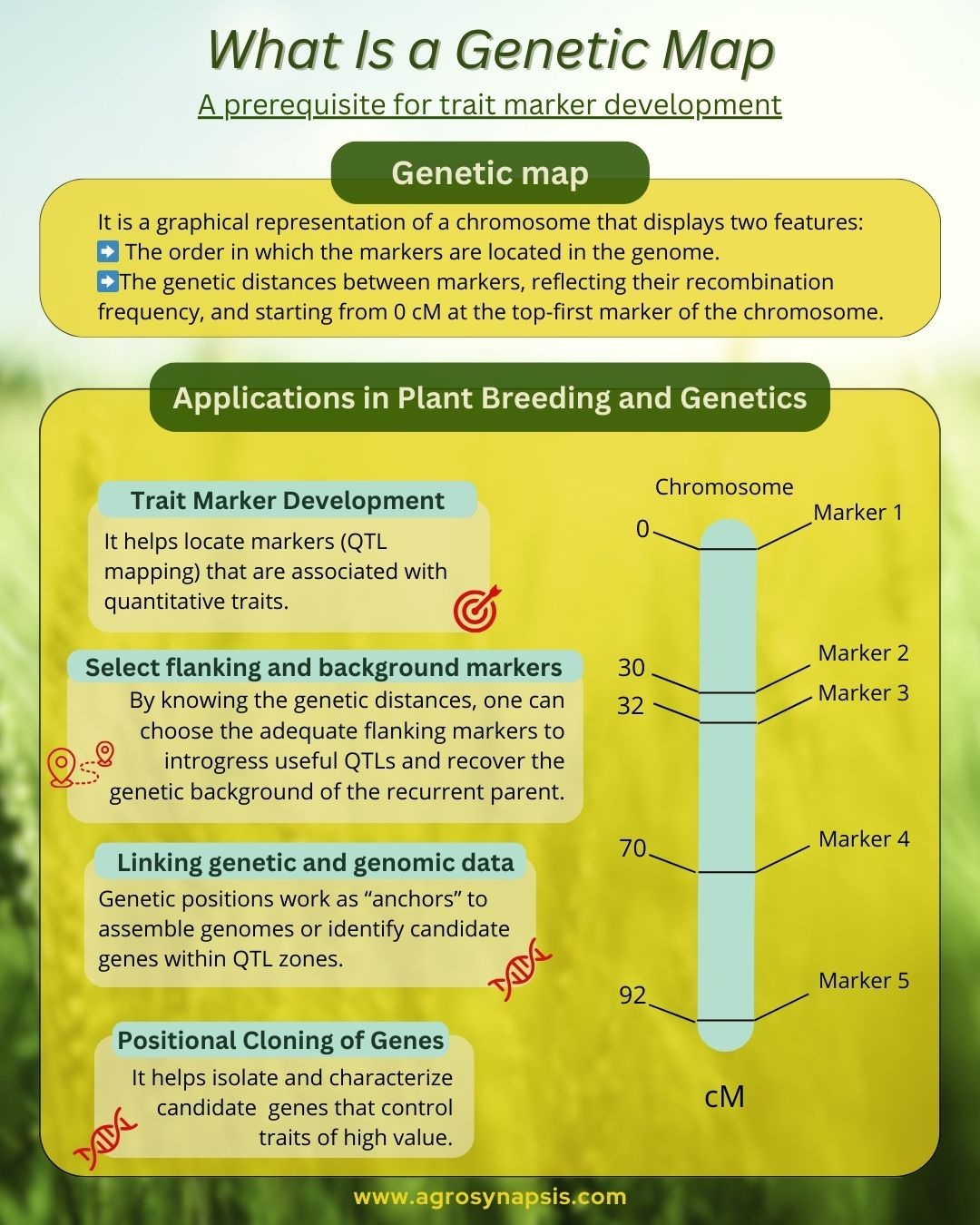
What is a Genetic Map and Why Is It Important For Plant Molecular Breeding?
Read more: What is a Genetic Map and Why Is It Important For Plant Molecular Breeding?Learn what is a genetic map and why it is useful in plant breeding
-
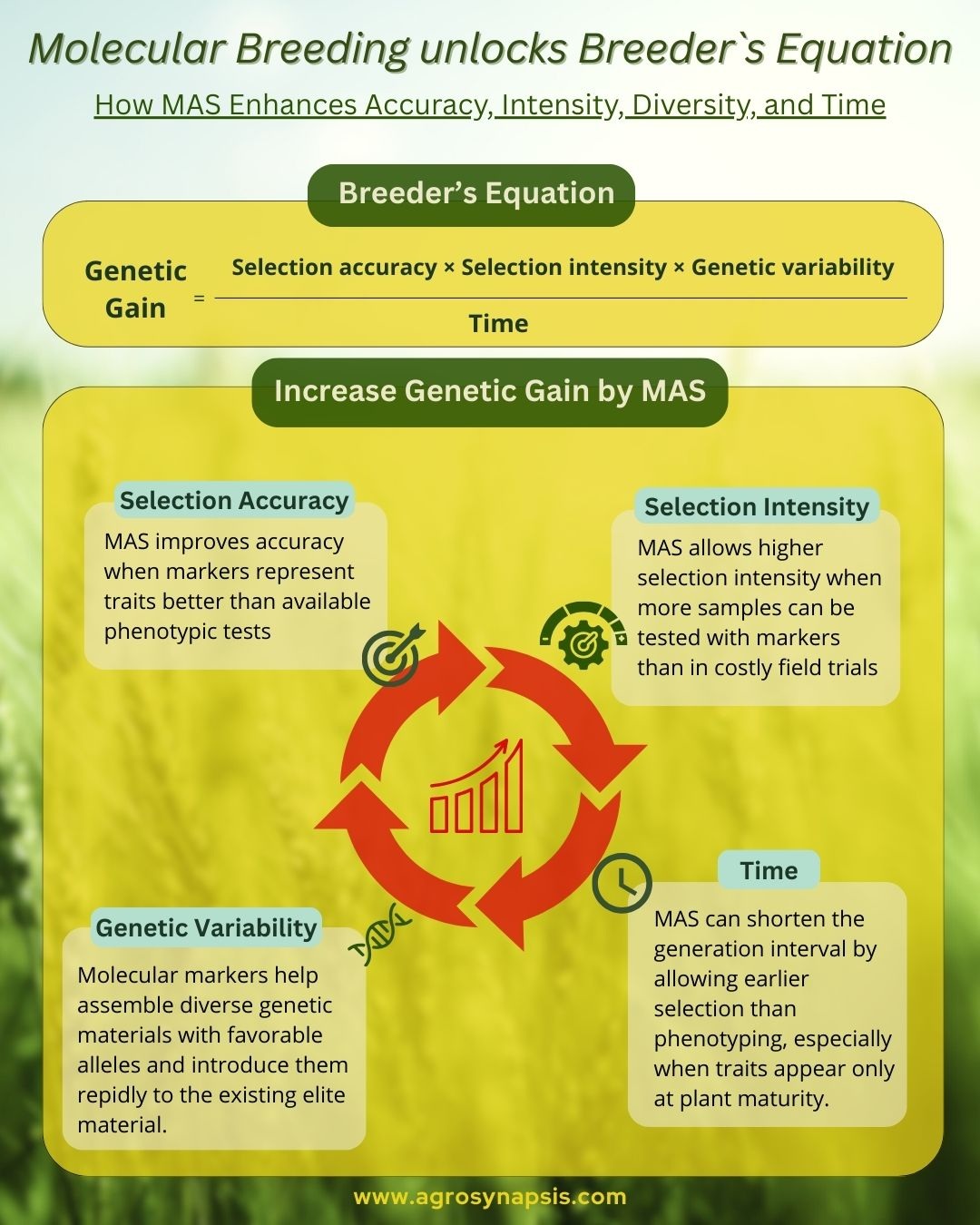
Unlocking the Breeder’s Equation with Marker-Assisted Selection
Read more: Unlocking the Breeder’s Equation with Marker-Assisted SelectionLearn what is the impact of Marker-Assisted Selection on Breeder’s Equation.
-
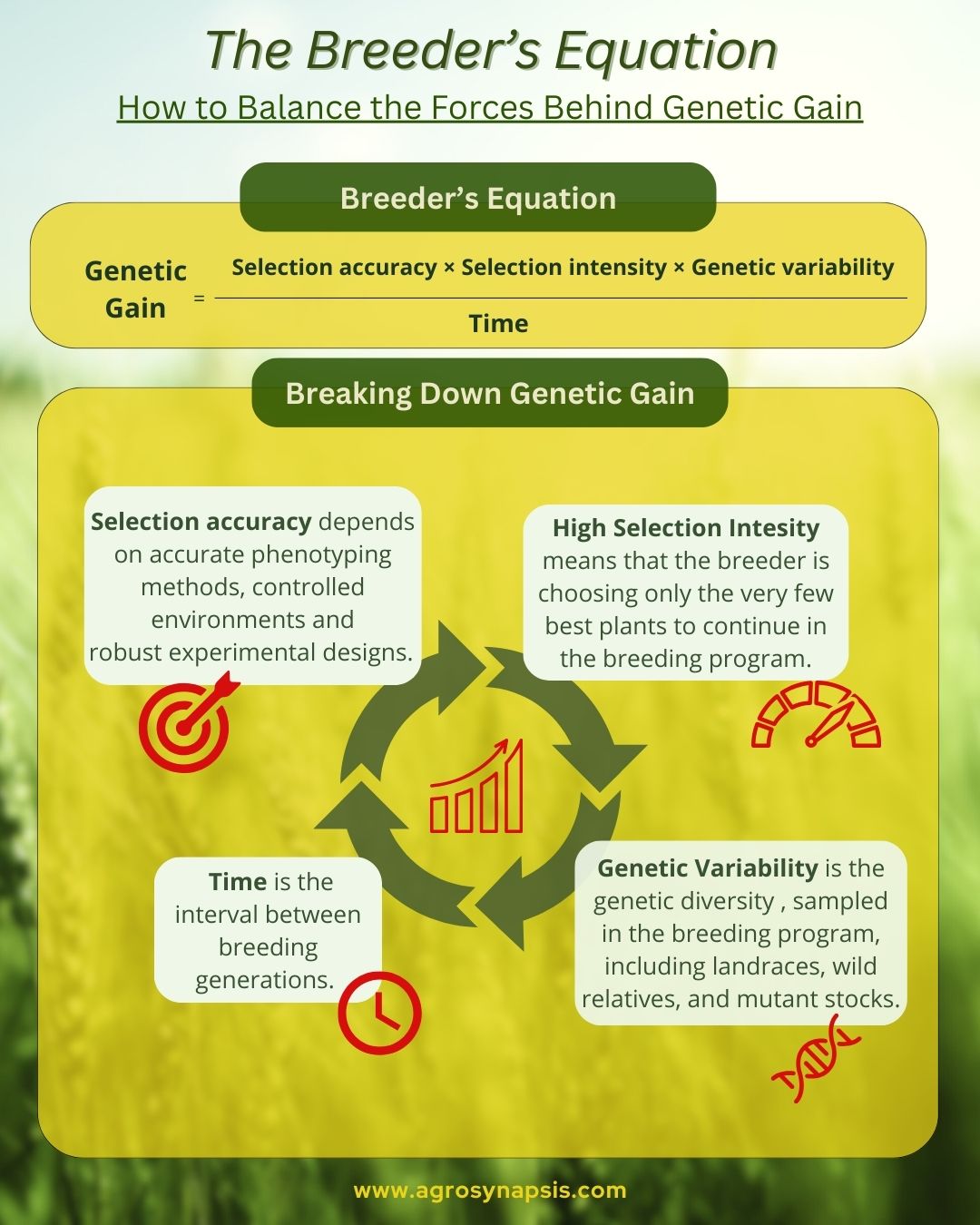
Breeder’s Equation: A Guide to Balancing the Forces Behind Genetic Gain
Read more: Breeder’s Equation: A Guide to Balancing the Forces Behind Genetic GainDiscover what makes up the breeder’s equation and how it affects genetic gain.
-
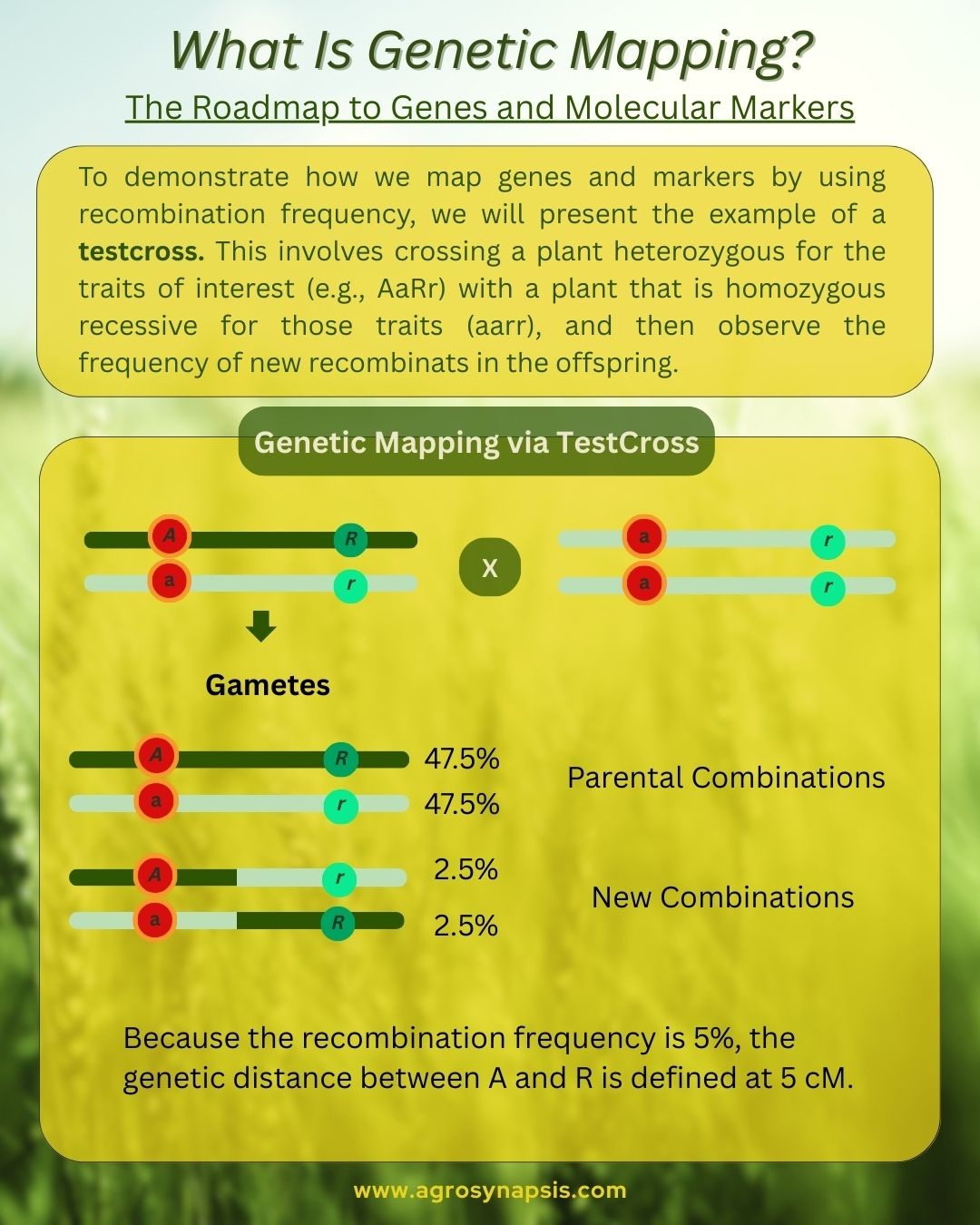
Genetic Mapping: The Roadmap to Genes and Molecular Markers
Read more: Genetic Mapping: The Roadmap to Genes and Molecular MarkersLeran the principles behind genetic mapping and how is is done.
-
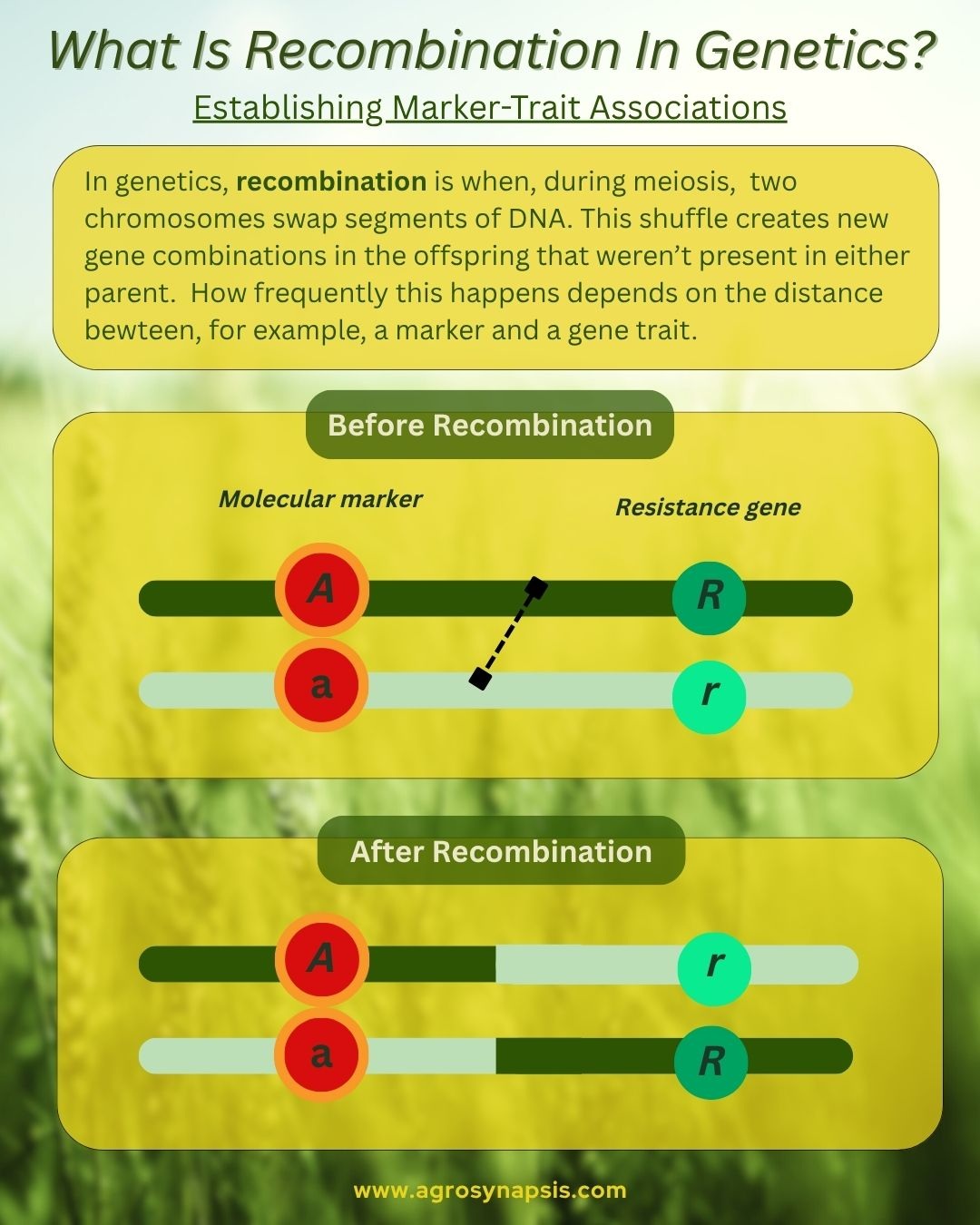
What is Recombination, and Why Is The Key To Marker-Trait Associations and Genetic Mapping?
Read more: What is Recombination, and Why Is The Key To Marker-Trait Associations and Genetic Mapping?Learn about genetic recombination and its significance for discovering marker traits, and generate new genetic diversity
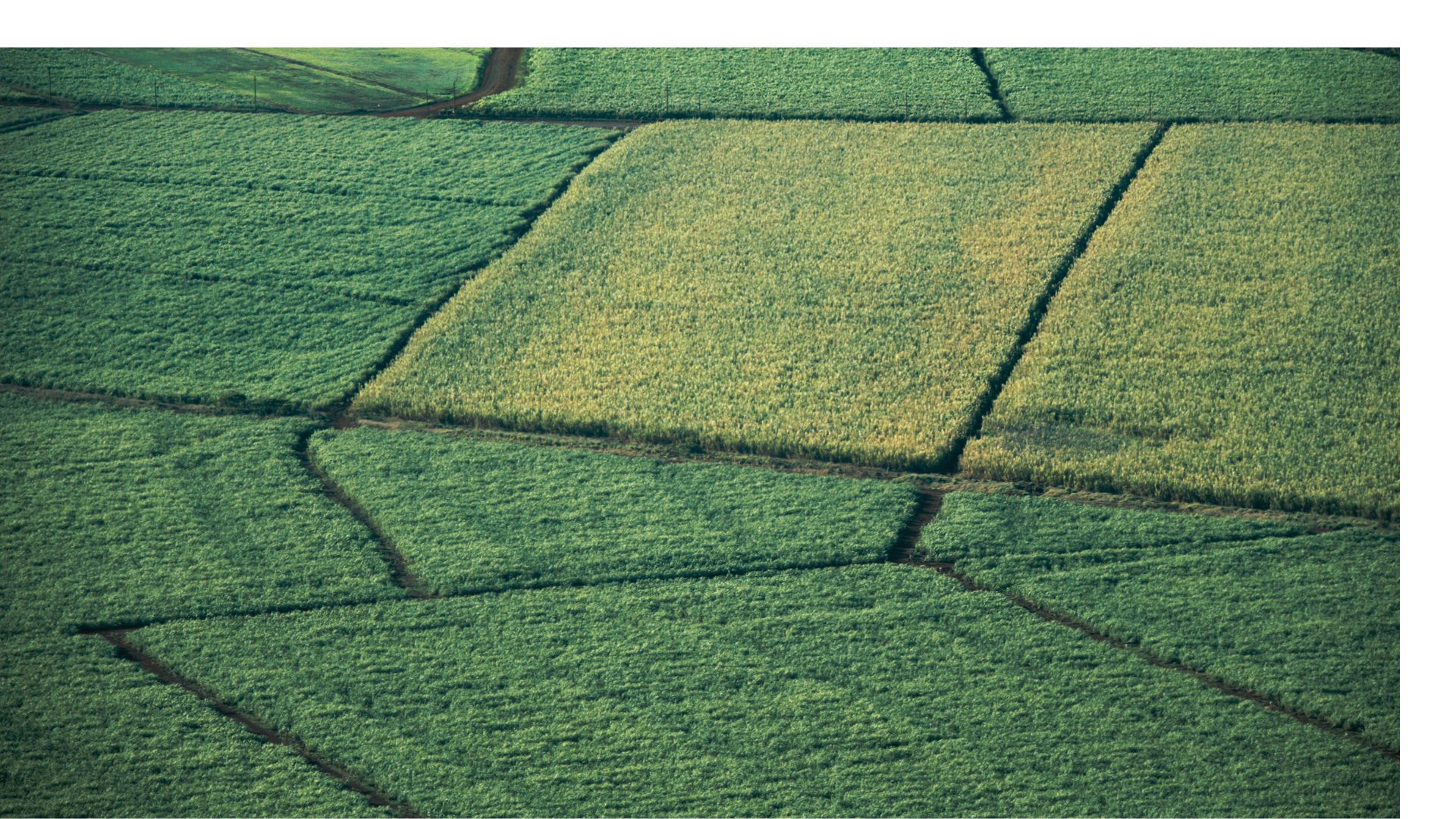
Breeder’s Blog
